
From Tracking Pixels to Conversion APIs - The Future of Facebook Ads
In the recent years, more and more initiatives around data privacy have been launched. Examples include the latest Apple's iOS 14, GDPR, CCPA and Google's 'privacy-first web' going away from tracking individuals but instead doing anonymized aggregations FLoC 'Federated Learning of Cohorts'. Where is that taking the web over the coming years? It's hard to predict, but a few things are for sure:
- Only first-party data survives.
- The privacy of the end-user, the consumer, comes first.
- Client side tracking (such as 'pixel' tracking) is dying, i.e. browsers are less reliable as a medium to tracking users.
The key question is then, how do you accurately do user tracking, e.g. track conversions for the ad platforms optimize your campaigns?
Many companies I've spoken to are seeing continuous drop in conversion accuracy, which can hurt campaign performance, so it's an important problem to tackle as soon as possible.
The way many of the platforms, including Facebook, is approaching this is with the concept of a 'Conversion API' or 'server-side pixel' sending conversion events directly from your server, database or data warehouse into Facebook Ads. In this blog post, I will explain how to do reliable server-side tracking to ad platforms, in this example Facebook Ads.

Facebook Conversions API - what is it?
Today, most companies running ads use client side pixels to track the performance – for Facebook it's the Facebook Pixel which is implemented on your website. This tracks user actions and conversions, such as a Purchase, Lead Form or Add To Cart and is then sent to Facebook directly through the user's device i.e. client side.
This way of tracking first-party data is powerful and easy to implement, however with the new browser policies, high adoption of ad blockers and the ongoing death of cookies, the tracking through such a Pixel is unreliable and will hurt ad performance over time.
Instead, Facebook have launched the initiative of sending data from your application servers (i.e. not from the user device) into Facebook Ads. That way the tracking is much more reliable and it enables advertisers to control better what data goes to Facebook - even sending more down funnel conversion events which normally would not be tracked. An example of a down funnel event for a bank or fintech company could be 'first transaction made'. Moreover, all the regular pixel events can also be sent server-side instead of client-side.
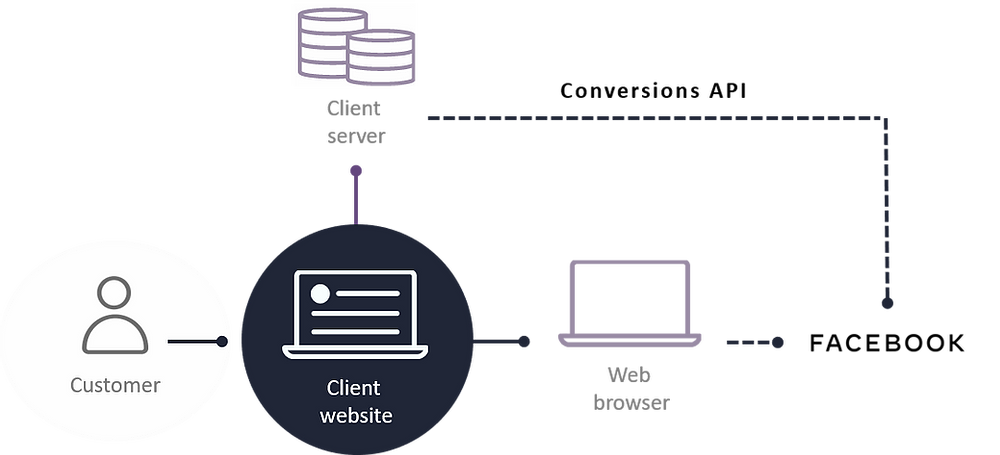
How to send data from your data warehouse directly into Facebook Ads
There are multiple ways of sending server-side events to Facebook Conversion API. One way is to implement events all over your back-end code and push the data through tools like Segment or Zapier. Another way is to leverage your data warehouse - where all your data is stored already - and push the relevant data points into Facebook via that instead.
At Weld we believe that your data warehouse should be your source of truth and where you take control of all your company's data. Our tool enables you than to sync data easily in and out of the data warehouse.
This is where Weld comes into the picture for the Facebook Conversion API. With Weld you can map your data points from your data warehouse and push them into Facebook close to real-time.
This gives you the full freedom to choose exactly what data you want to send and you don't have to implement any back-end tracking to do it.
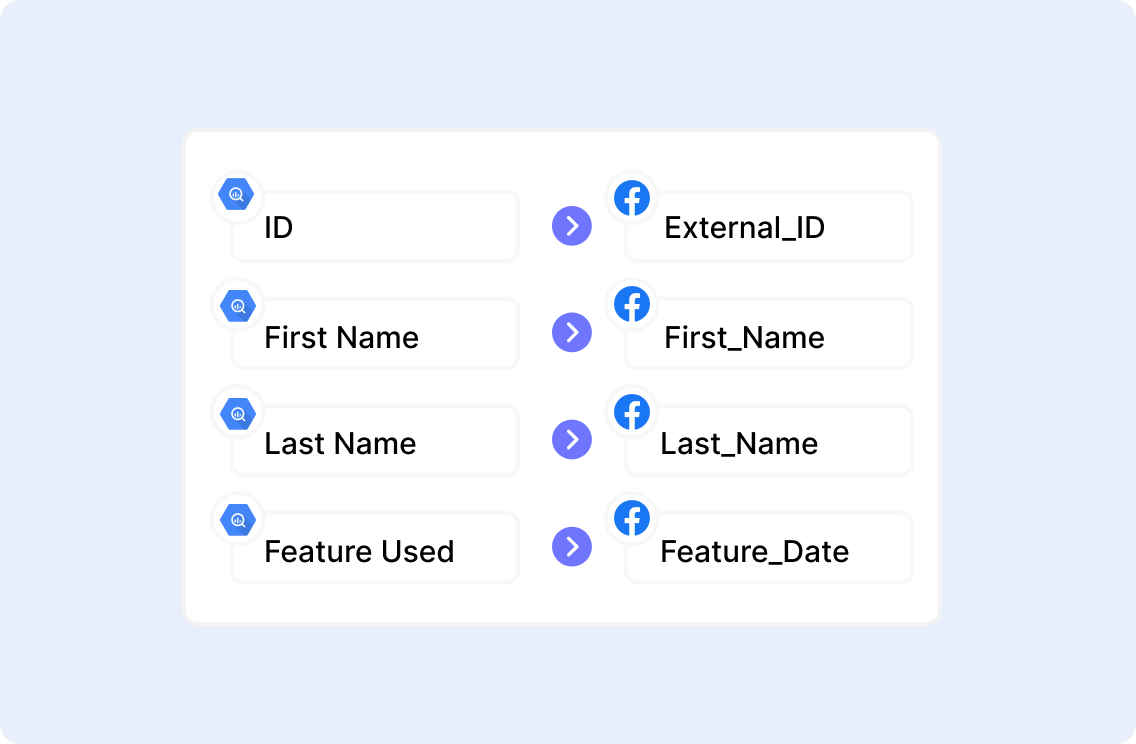
Bringing it all together
The benefits of syncing customer data directly into Facebook Ads are many – first, a more reliable way of tracking events, and second, a flexible way to send custom down funnel events.
Above all, though, is that your paid performance will get better results with the use of Facebook Conversion API.
So, what are you waiting for? Give Weld a try and get reliable conversion data into Facebook Ads. You won't regret it.
Continue reading
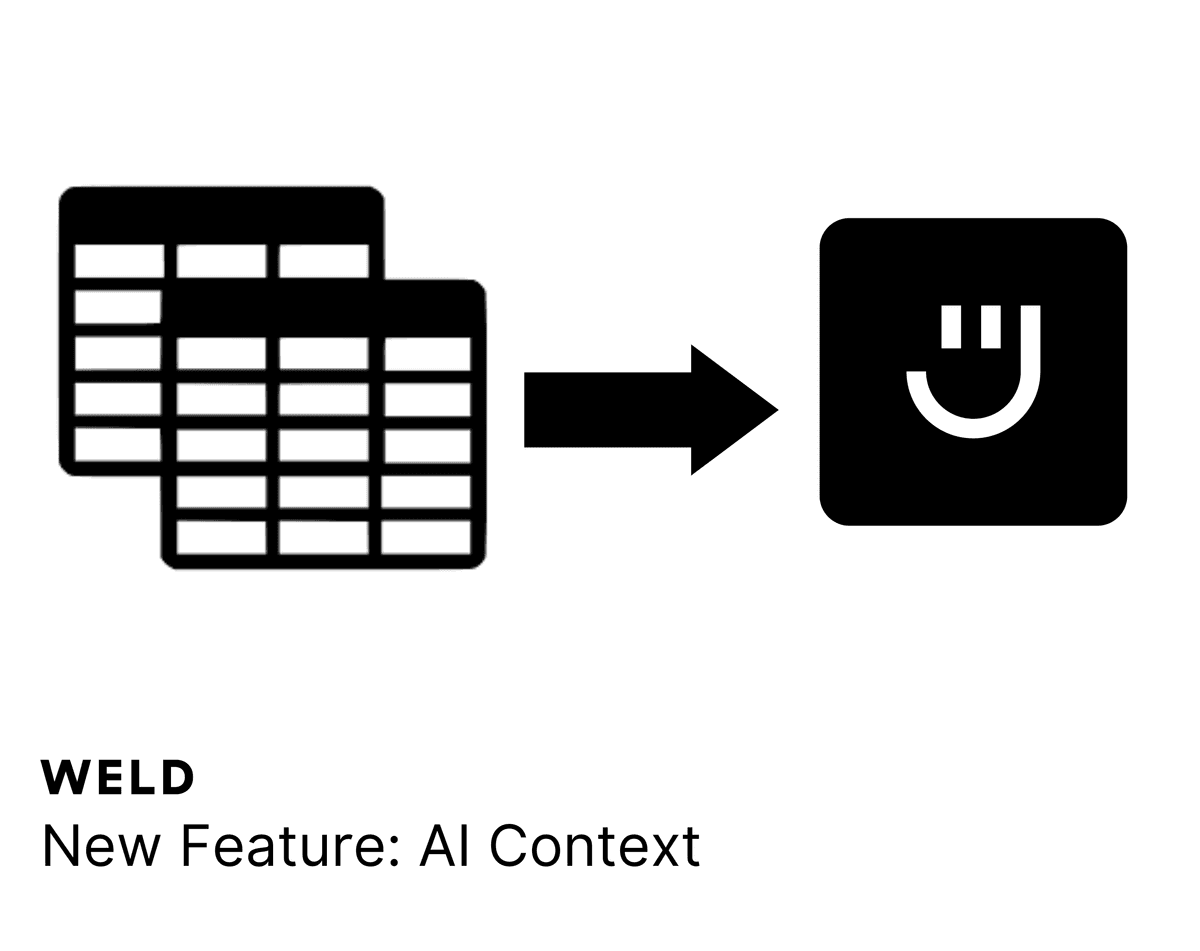
New Feature - AI Context
Our AI assistant, Ed, now lets you include contexts for your prompt, beyond all the useful features it already had!
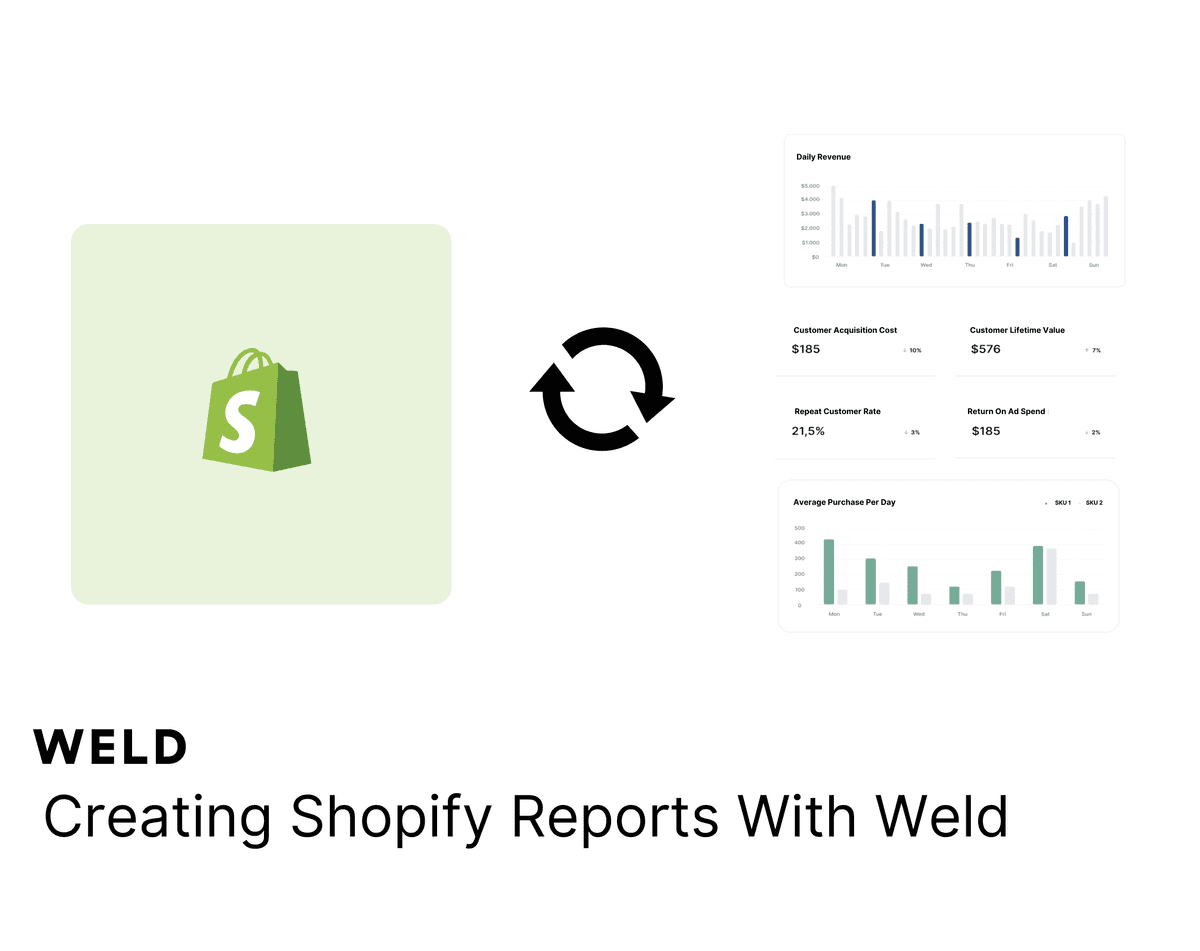
How to set up your Shopify metrics in Weld
Learn how to set up your Shopify metrics in Weld and get actionable insights from your data.
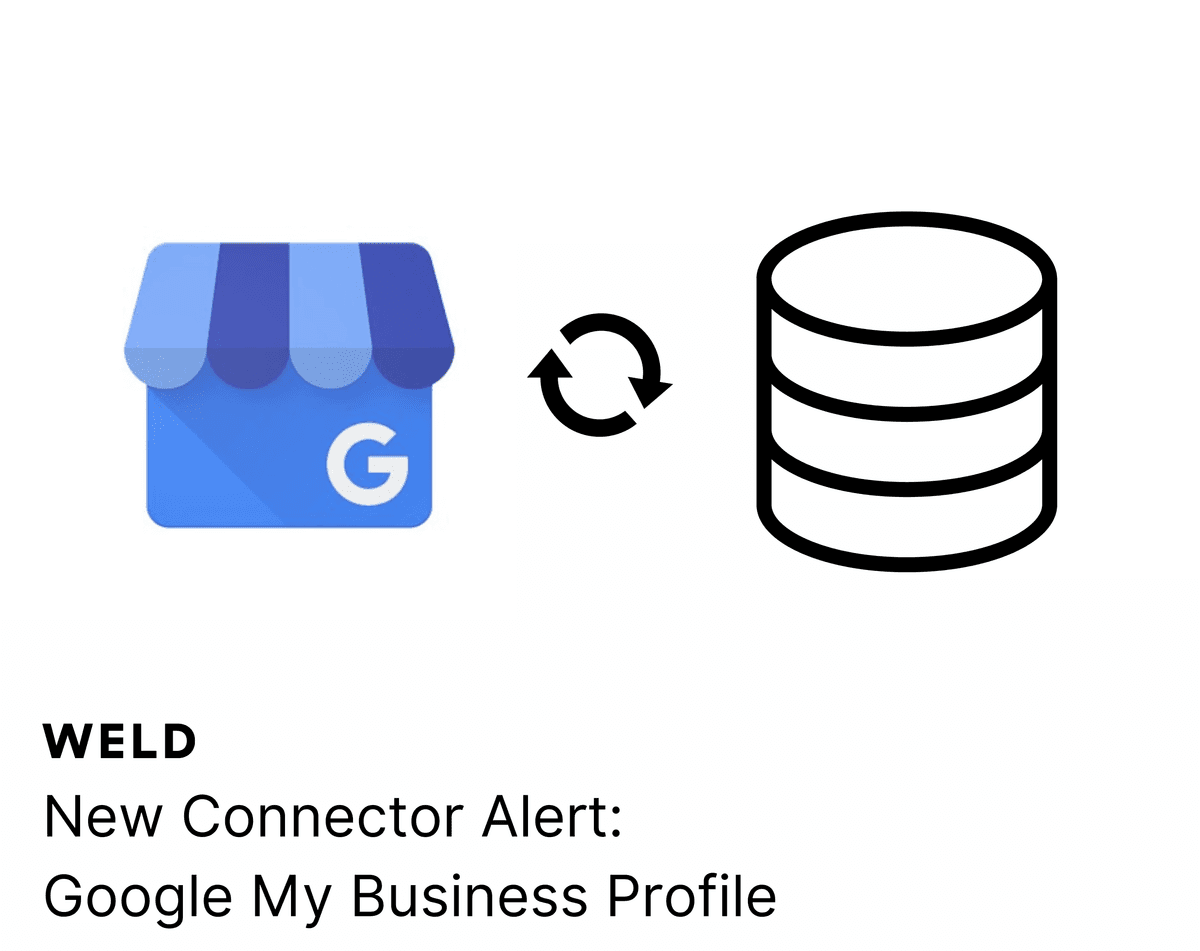
New Connector Alert - Google My Business Profile
Looking to optimize your Google My Business Profile reporting? With our new ETL connector, you can effortlessly integrate your Google My Business Profile data with all your other data sources. Create a comprehensive view of your business metrics, enhance your analytics, and make more informed decisions with ease!





